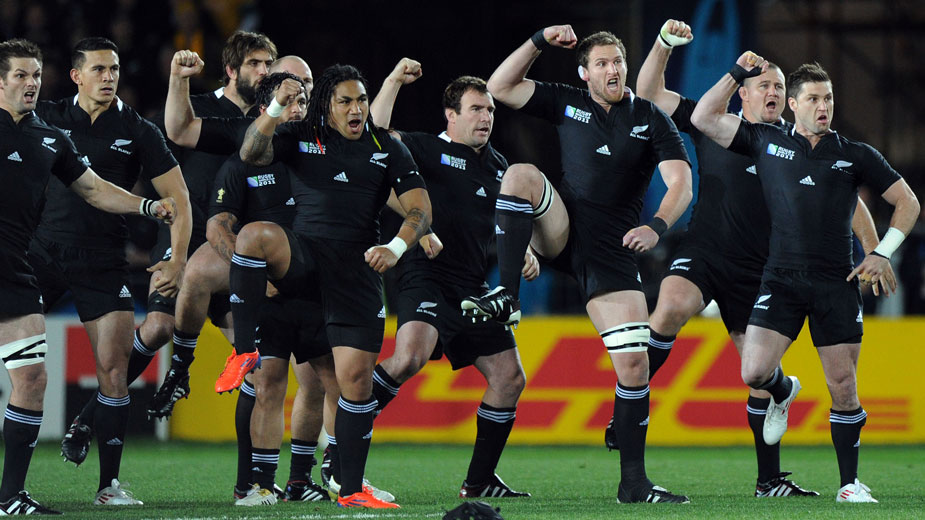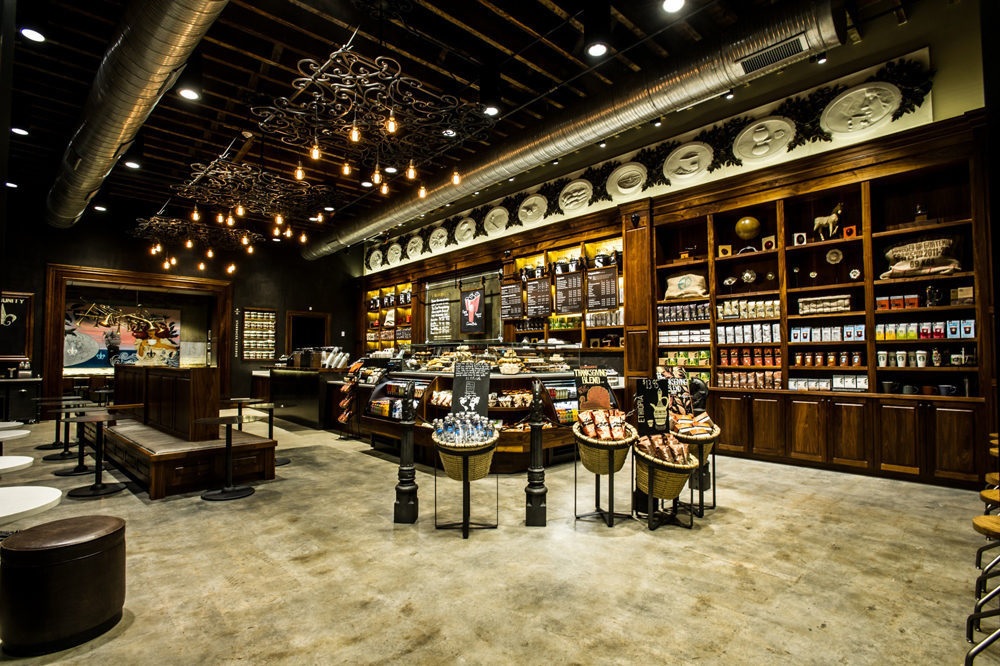
There was a song I used to listen to way back when by a band called H2O. The song was called “Don’t Forget Your Roots” and the message was obvious. Recently this song popped back into my mind when I found myself discussing new ideas in building brands. Because the way I see it, strong brands maintain their roots despite their innovation and growth.
As companies grow, their sights are set on constantly innovating and trying to change the game. Innovation is rarely identified with a look of heritage or classic style. However, brands can indeed be forward-thinking and innovative, while still maintaining their roots. In fact, when done right, brands that embrace their past often have a more humanized feel.
Every locale has its own special brand of roots and history. These elements are unbreakable, and there is a part of every person that holds on to this nostalgia. Brands who understand the power of this solidify their future by fortifying their past.
The strength of roots-based branding can be experienced in New Zealand’s rugby team. The All Blacks begin every match with their Haka, an ancient Maori war dance that displays power and instills intimidation while unifying and energizing the team. While performing the Haka, the All Blacks and their fans are united, and the brand becomes stronger. The unforgettable performance is a hallmark that only that particular team can own.
Using nostalgia and localization as a branding device doesn’t mean sacrificing innovation. Innovation should still be pursued and developed to grow the brand. The brand’s image can be forward thinking and fresh. That’s exactly what Starbucks is doing with their new concept. Using their Seattle roots and nautical, maritime inspiration, Starbucks is able to innovate the coffee experience while still delivering a nostalgic experience.
One of their New Orleans storefronts localizes the brand through an apothecary style interior featuring New Orleans inspired art installations. This creates a Starbucks experience that destroys the cookie-cutter, rigid branding methodology and takes a new direction. They’re letting the locale’s history and roots inform the brand instead of just hammering a square peg into a round hole. This makes Starbuck’s a part of the community while creating a unique, unforgettable brand experience.
SEE ALSO: Why Winning Brands Balance Long-Term Value with Short-Term Business Gain
As a final example, take a look at Banana Republic with their “classics never die” approach to fashion. Some may say this isn’t a nostalgic brand, but when compared to competing brands, their approach is much more nostalgic while still being innovative.
Case in point: The Monogram Collection. Banana Republic’s retooling of men’s suits pulls away from the baggy, zoot suit style tailoring with which Americans have become accustomed. They created a higher end, tailored suit that can be worn off the rack in a classic cut that’s always in style. They’ve brought the well-tailored suit and made it approachable and accessible – in essence innovating while still being nostalgic.
Nostalgia can work in any industry for any brand that understands how important it is to maintain roots. Whether locally or globally, roots add richness and depth to an individual’s personality, and brands that understand this become more human. Humanized brands are easy to befriend and love. So, like the gents from New York’s H2O once sang, “Don’t forget your roots.”
Image credit: The All Blacks perform the Haka – rugbyworldcup, Eater.com
